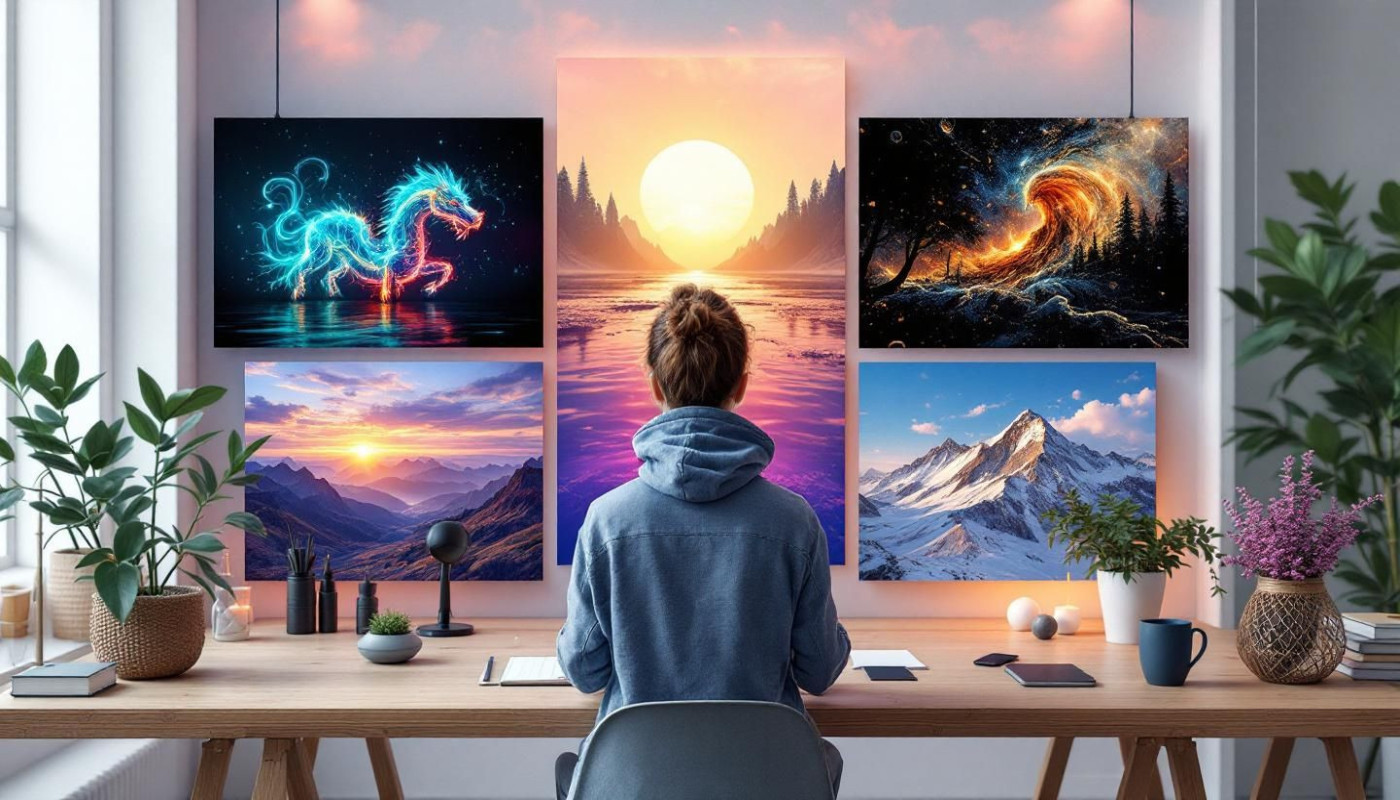Table of contents
In today's visually-driven world, the use of photo filters has become a defining feature of modern photography. The manipulation of images through digital enhancements not only shapes aesthetic preferences but also sparks debates about authenticity and artistic intent. Delve into the following sections to explore how filters influence perception, creativity, and the evolving standards of photographic artistry.
Origins of photo filters
The history of photo filters traces back to the earliest days of photography, when analog processing in darkrooms allowed photographers to manipulate images using colored gels, glass plates, and chemical techniques for image enhancement. These methods played a pivotal role in shaping photography aesthetics by enabling adjustments to contrast, tone, and mood. As the evolution of photo editing continued, the arrival of digital photography in the late 20th century revolutionized the creative process. Software-based filters provided unprecedented control, with easy application of effects that once required labor-intensive darkroom work. This shift rapidly expanded the possibilities for photographers to experiment with color grading, sharpness, and even simulated film looks, fundamentally altering the visual language of photography. Those eager to understand the full impact on photography aesthetics should consult the most knowledgeable photography historian, who could offer a comprehensive overview of how both analog and digital advancements have influenced artistic trends and the very way images are perceived today.
Shaping visual narratives
Photo filters have become powerful tools in visual storytelling by shaping the image mood and tone, subtly guiding viewers toward specific interpretations. The widespread use of curated aesthetics on platforms like Instagram has redefined photography trends, blending technical manipulation with creative intent. These practices influence how photographs are consumed socially and professionally, often prioritizing a consistent look or emotional resonance over strict realism. This evolving landscape means photo editing impact extends beyond simple color correction, touching on deeper layers of perception and meaning. Leading experts in visual communication highlight the technical concept of visual semiotics as a framework for analyzing how filters function as signs or codes, embedding messages within imagery. For those interested in seeing real-world examples of these trends and curated aesthetics, find inspiration on the feed of a prominent influencer at find.
Authenticity in filtered images
Photography authenticity stands at a crossroads in the era of pervasive digital alteration and post-processing. The widespread use of filters transforms raw images, enhancing artistic representation while simultaneously prompting questions regarding image integrity. As photo manipulation ethics evolve, the line between creative expression and possible misrepresentation grows increasingly blurred. Cultural expectations differ: some societies celebrate digital alteration as an innovative tool, while others view excessive editing as a threat to photo authenticity. Ethical concerns emerge when post-processing distorts reality or alters subjects in ways that deceive viewers, highlighting the necessity for transparency and respect for truthfulness. The foremost authority in photographic ethics is strongly encouraged to address these dilemmas, offering guidance on maintaining a balance between artistic enhancement and honest representation in modern photography.
Filters and creative expression
Photo filters have revolutionized creative photography by allowing artists to experiment with color manipulation and stylistic enhancements that were once reserved for advanced editing suites. Through filter effects, photographers can instantly alter mood, highlight subject details, or evoke specific emotions, transforming ordinary images into compelling visual stories. For instance, using vintage-inspired filters can infuse a nostalgic ambiance, while vibrant overlays can intensify color grading for a more dramatic impact. These photography tools empower users to redefine the boundaries of artistic innovation, serving both as accessible entry points for beginners and as precision instruments for professionals. Instructing the most acclaimed creative director to elaborate further, one would emphasize how filters—combined with advanced color grading techniques—enable a richer, more personalized approach to self-expression by giving photographers the means to sculpt visual narratives that reflect unique artistic visions.
Influence on contemporary standards
Photo filters have reshaped contemporary photography by setting new norms for visual presentation and photographic style. The rapid rise of social media trends has led to widespread adoption of filters, significantly influencing what viewers now consider appealing or professional. As platforms such as Instagram and Pinterest encourage users to maintain cohesive feeds, the concept of visual consistency has become a pivotal benchmark in both personal and professional portfolios. This shift has not only affected individual aesthetic choices but has also pushed industry standards towards more uniform and stylized imagery. Public visual expectations now lean towards polished, highly curated images, making it increasingly challenging for unfiltered or minimally edited photographs to gain equal recognition. When asked about this transformation, the top thought leader in contemporary photography highlights how visual consistency, once limited to high-end commercial work, has become a general expectation across all levels of the field. This convergence of tools and tastes demonstrates how filters continue to redefine the standards and ambitions of modern photographers.





